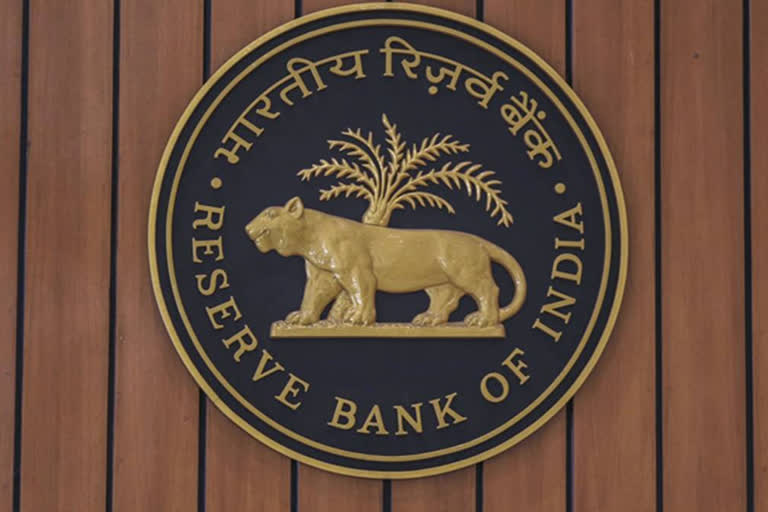Hyderabad: Within days of announcing an amalgamation plan for the troubled Lakshmi Vilas Bank with the Indian subsidiary of DBS Bank, the Reserve Bank of India (RBI) released a report of its internal working group for stakeholder comments.
The report submitted by PK Mohanty-led senior officials has recommended the Central Bank to allow large corporate houses to set up banks after necessary amendments to the Banking Regulations Act, 1949.
If accepted, this would be a major policy shift as the Central Bank has long been known for its resistance to banks promoted by industrial houses.
It may be recalled, private bank license guidelines released by the RBI in 2016 categorically mentioned that the large industrial and business houses were excluded as eligible entities while permitting up to 10% of total investment.
Besides, allowing NBFCs with an asset size of Rs 50,000 crore and above, including those which are owned by a corporate house, would help in attracting capital to the banking sector.
Private banks have not only brought the capital but also new-age technologies and products like ATM, internet banking, mobile banking, etc into the country.
It is interesting to note that the working group is in favour of corporate houses entering the banking sector despite the experts, whom the group consulted for suggestions, advised otherwise.
Issues still remain
